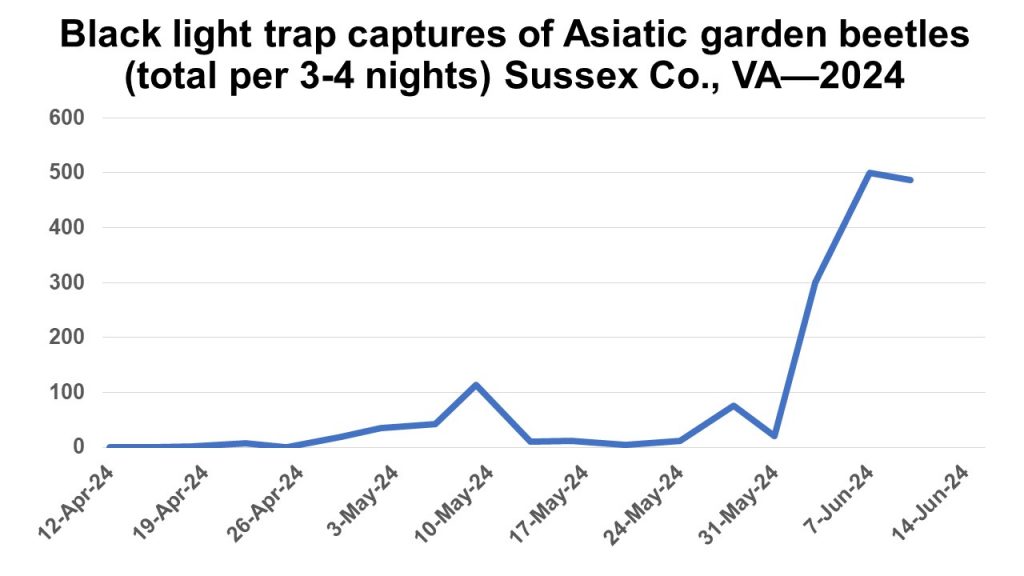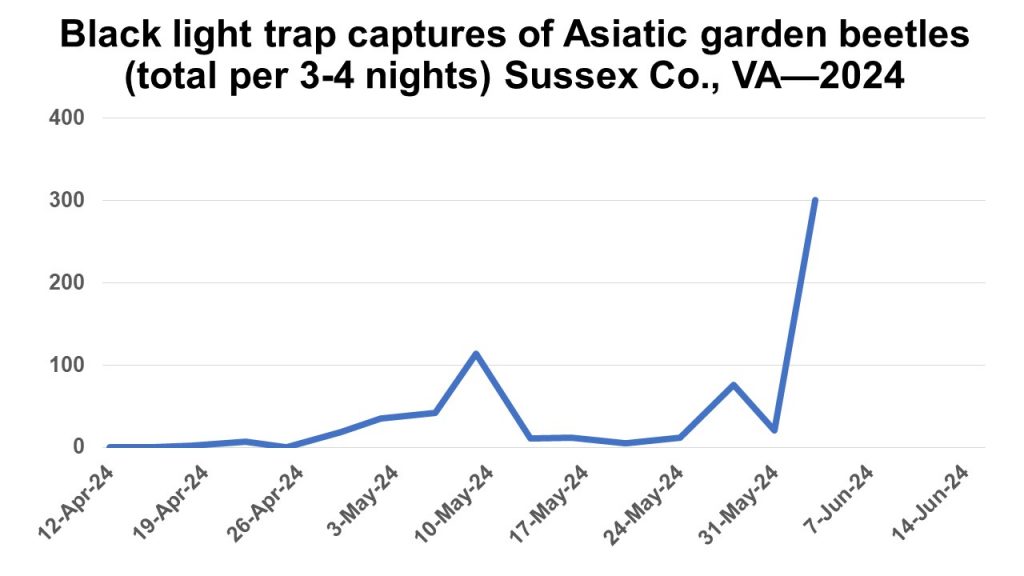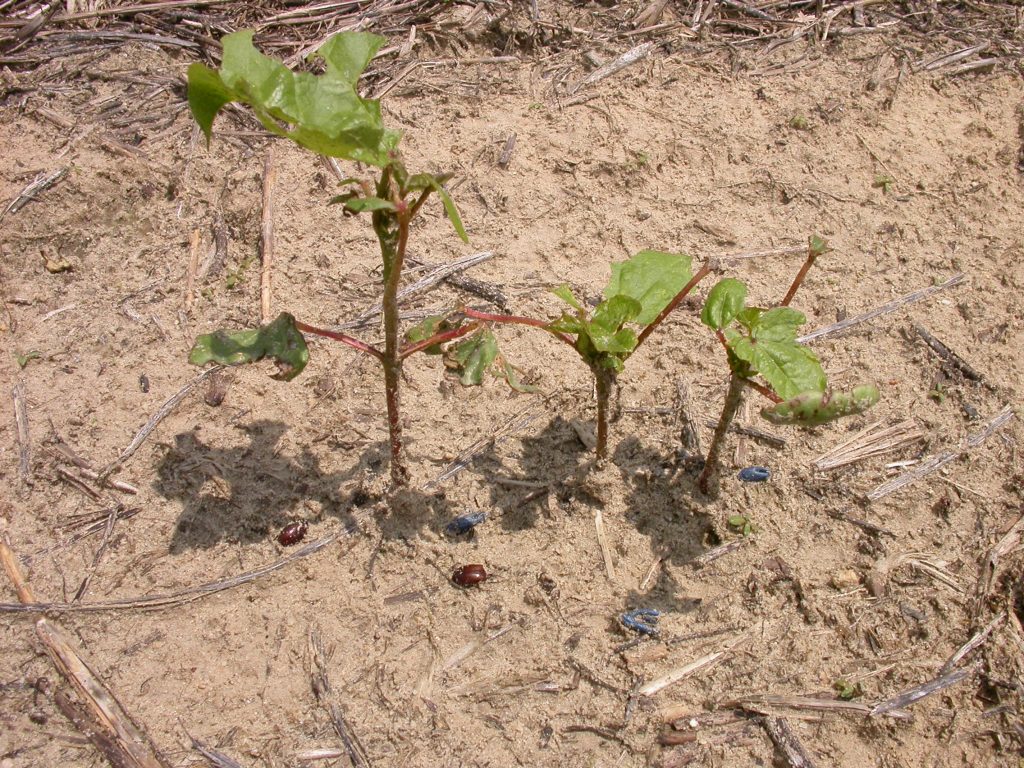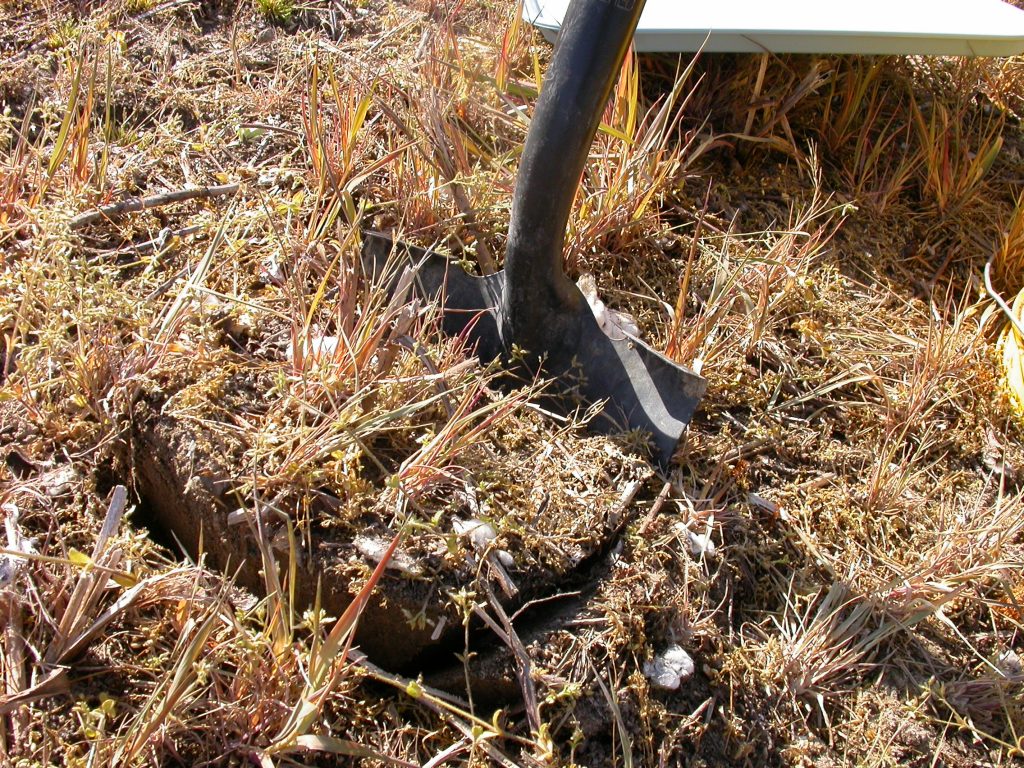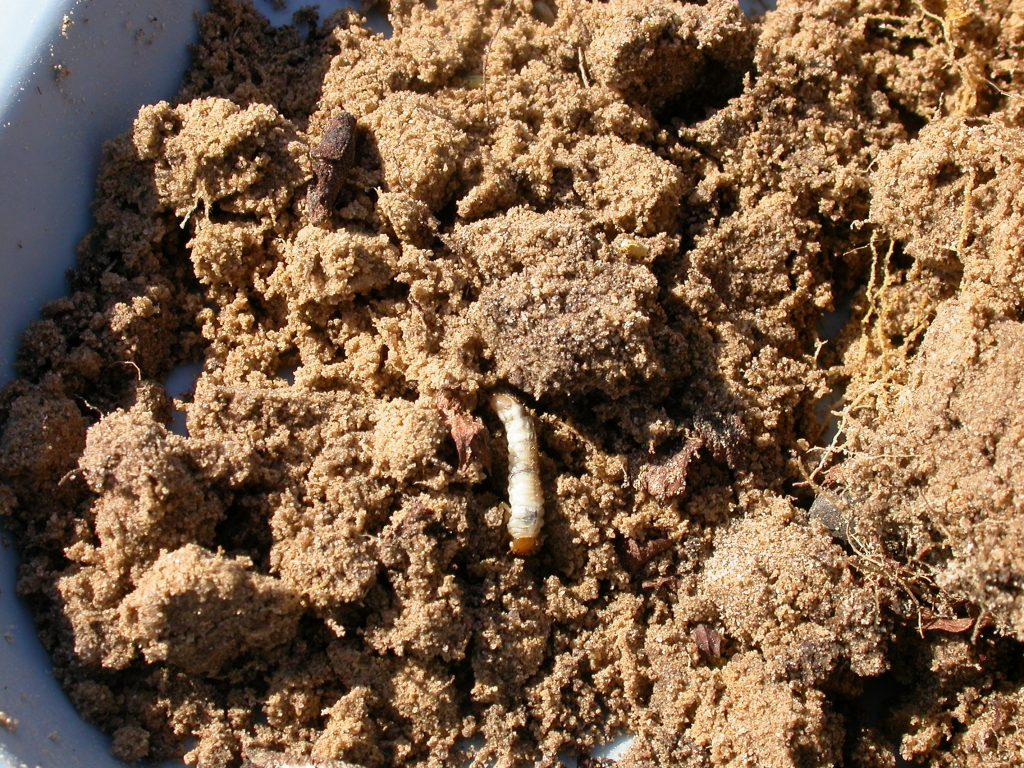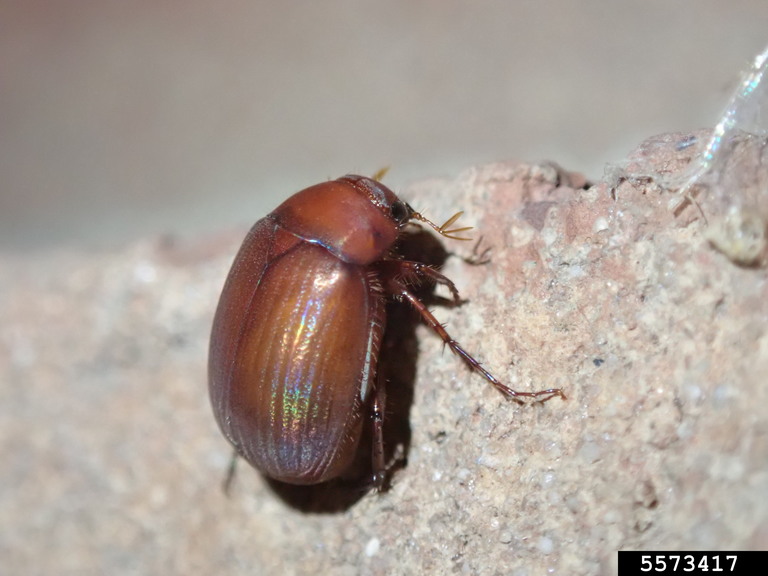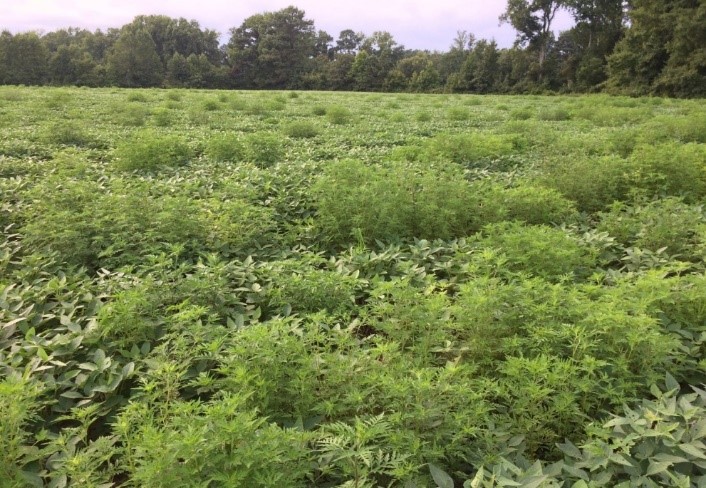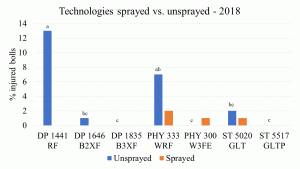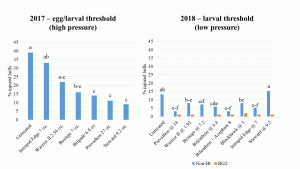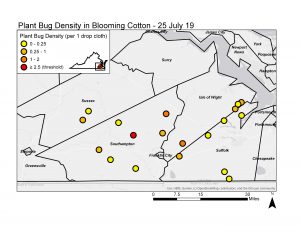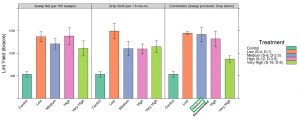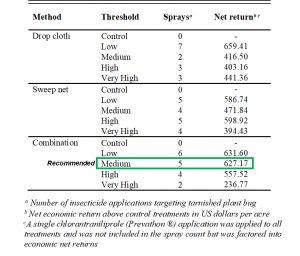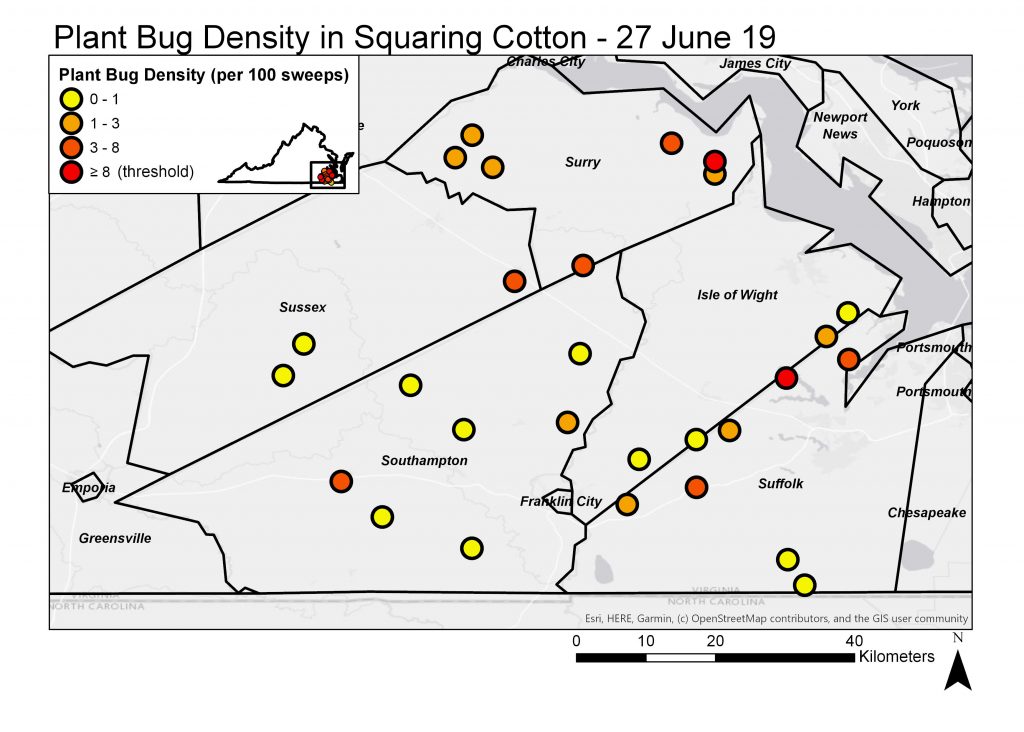Observations from the field this week indicate that
there are spider mite infestations at some level in most, if not all, peanut, cotton,
and soybean fields in the drought-stressed Virginia regions. Drying of corn and
weeds is contributing to this problem. Let’s all hope we get the rain we need
to make a good crop this season. Rainy, humid weather will favor fugus that
kills mites, but its effect may be mitigated by extremely hot conditions. Just
in case, and since our last bad mite year was 2011, see below for a refresh
about spider mites and how to treat them in each crop…
Soybean
Concentrate on the field borders and look for the
early signs of white stippling at the bases of the leaves. Do not confuse mite
damage with dry weather injury, mineral deficiencies, and herbicide injury.
Mite infestations will have some pattern, usually originating from field
margins. Consider applying a miticide if more than 50 percent of the plants
show stippling, yellowing, or defoliation over more than one-third of the
leaves. Recommended products include Zeal and Agri-mek (other abamectin
products are available, but not labeled for soybean). Lorsban and dimethoate are
labeled and may require a second application. Bifenthrin will offer some
suppression, but mite infestations will come back stronger.
Peanut
Heavy infestations usually occur first around the
borders of peanut fields; then they spread inward throughout the fields. Avoid
harvesting spider mite infested cornfields or mowing weedy areas next to peanut
fields until peanuts are harvested. Spider mites will readily move into peanuts
when corn dries down or is harvested. Be prepared to treat peanuts if adjacent
corn is infested. Use adequate pressure and GPA to ensure penetration of the canopy.
Comite is our only registered product that works. See graph below from Dr. Mark
Abney at UGA.
Cotton
Mite damage first appears as a slight yellowing of the
leaves, which later changes to a purplish or bronze color and is usually
associated with webbing. Damage occurs especially in spots or on field edges
but widespread defoliation is not uncommon if favorable conditions persist. I
recommend abamectin (10 oz/A rate is usually sufficient) or Zeal for control.
Bifenthrin, other pyrethoids, and especially acephate, will flair mites. If
you are treating for plant bugs, I recommend Transform at 2-2.25 oz/A until
wetter conditions prevail. Be mindful of the bollworm flight next week and do
not make automatic sprays for worms until you confirm a problem in your field.
Worm specific products (Prevathon, Intrepid Edge, Blackhawk) are better options
than broad-spectrum insecticides (pyrethroids).
Our annual post-bloom survey starts next week. If you
need help learning how to scout insect pests, call or text me on my mobile
(919) 801-5366.

